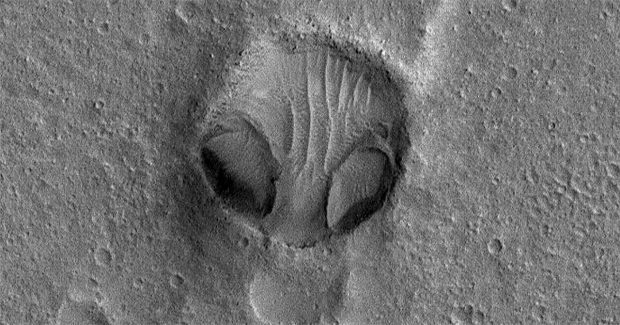Are aliens real? Grim discovery raises doubts about existence of extraterrestrial life

The universe could be a more lonely place than we ever imagined. A new study has cast doubt on the existence of alien life after discovering that a chemical called phosphorus is less abundant than anyone expected The element is vital to energy storage and transfer in cells, and is part of the chemical backbone of DNA.
Phosphorus is created in supernovae, exploding massive stars at the end of their lives. But the new research suggests that typical supernovae may not provide the conditions needed for forging the element. Earth may be unusually lucky, because it happened to be situated close enough to the ‘right’ kind of supernova.
Astronomer Dr Jane Greaves, from the University of Cardiff, said: ‘The route to carrying phosphorus into new-born planets looks rather precarious. ‘We already think that only a few phosphorus-bearing minerals that came to the Earth, probably in meteorites, were reactive enough to get involved in making proto-biomolecules. ‘If phosphorus is sourced from supernovae, and then travels across space in meteoritic rocks, I’m wondering if a young planet could find itself lacking in reactive phosphorus because of where it was born? ‘That is, it started off near the wrong kind of supernova? ‘In that case, life might really struggle to get started out of phosphorus-poor chemistry, on another world otherwise similar to our own.’

The evidence comes from observations of two supernova ‘remnants’, Cassiopeia A (Cas A) and the famous Crab Nebula. The team used the UK’s William Herschel Telescope on La Palma, Canary Islands, to look for signatures of phosphorus and iron from the Crab Nebula, the aftermath of a supernova explosion 6,500 light years away in the constellation of Taurus. A previous study had searched for phosphorus from Cas A, 11,000 light years away.
Click Here To Watch Video Evidence
